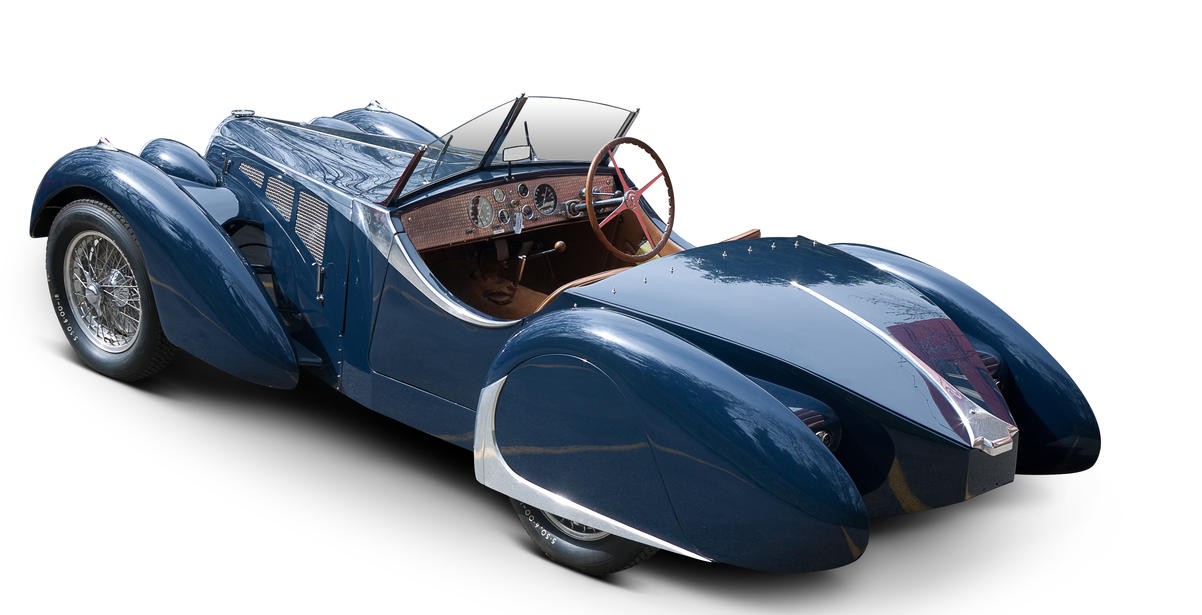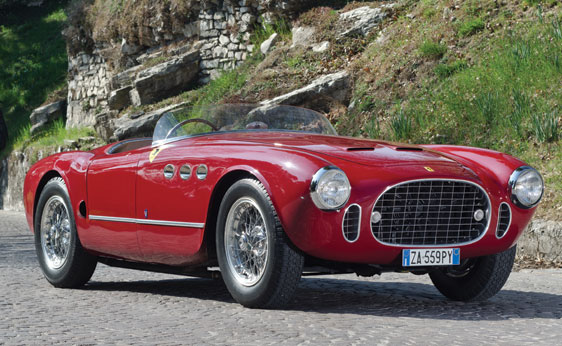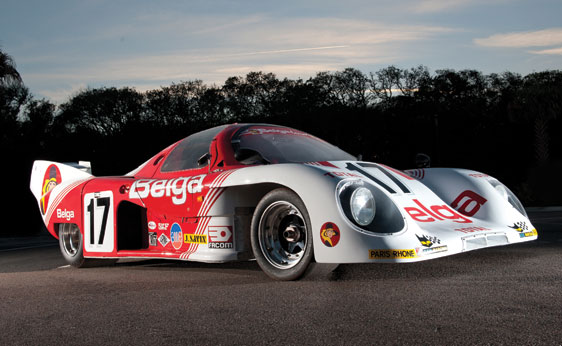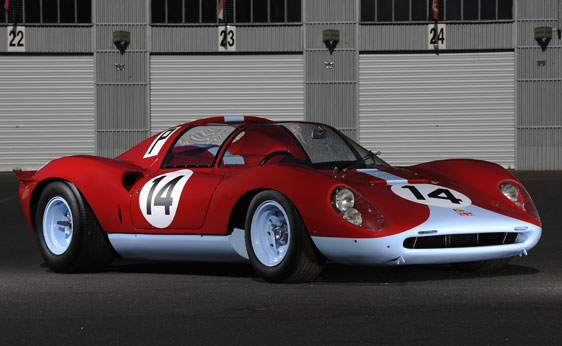1972 Citroen SM Prototype Coupe
Offered by Bonhams | Monaco | May 11, 2012
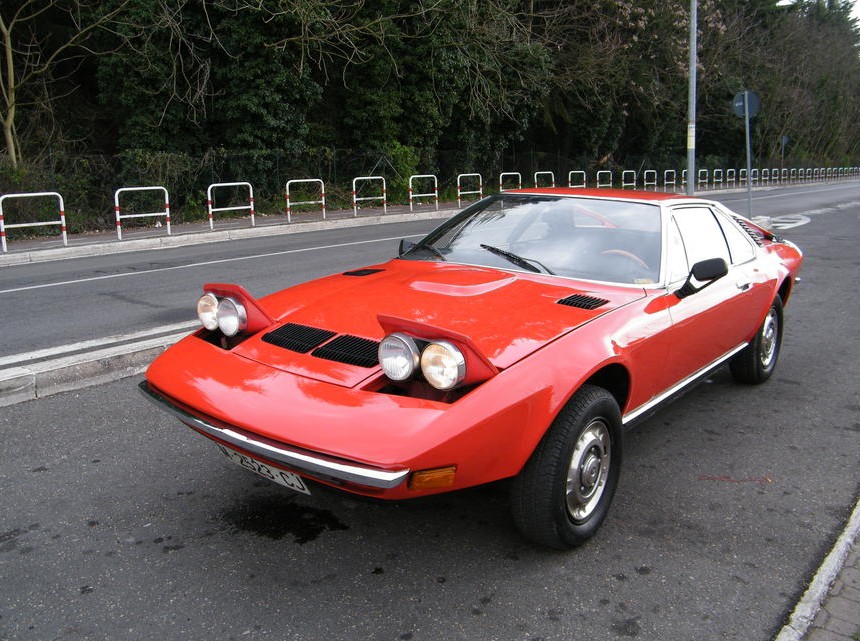
The Citroen SM grand tourer was introduced in 1970. This coupe version using the same mechanicals – mid-front-engined layout with front-wheel drive – was built by Frua for the 1972 Geneva Auto Show. It has the same 2.7-liter V6 making 170 horsepower. The engine was designed with help from Citroen-owned Maserati (which they acquired in 1968).
This car is one-of-a-kind and in original, un-restored condition with about 26,000 miles on the odometer. It has been privately owned since it left the auto show circuit in 1972. This is a rare chance to acquire a one-off prototype. The pre-sale estimate lists this car at $180,000-$240,000. For the complete catalog description, click here.
Update: did not sell.
_________________________________________________________________________
1964 Lancia Sport Prototipo Zagato
Offered by RM Auctions | Monaco | May 12, 2012

Double post! This wickedly-bizarre looking car was a Lancia works race car with one-off Zagato styling. It was entered by Lancia in the 1964 Targa Florio (where it DNF’d). The engine is 1.8-liter flat-four making 148 horsepower.
Again, this is a once-in-a-lifetime opportunity to acquire a car unlike any other. It was sold from Lancia to one of its drivers in 1967. In the early 1990s, it was acquired by the current owner. Like the Citroen prototype above, it is also estimated to sell for between $180,000-$240,000. For the complete catalog description, click here.
Update: sold $246,568.


